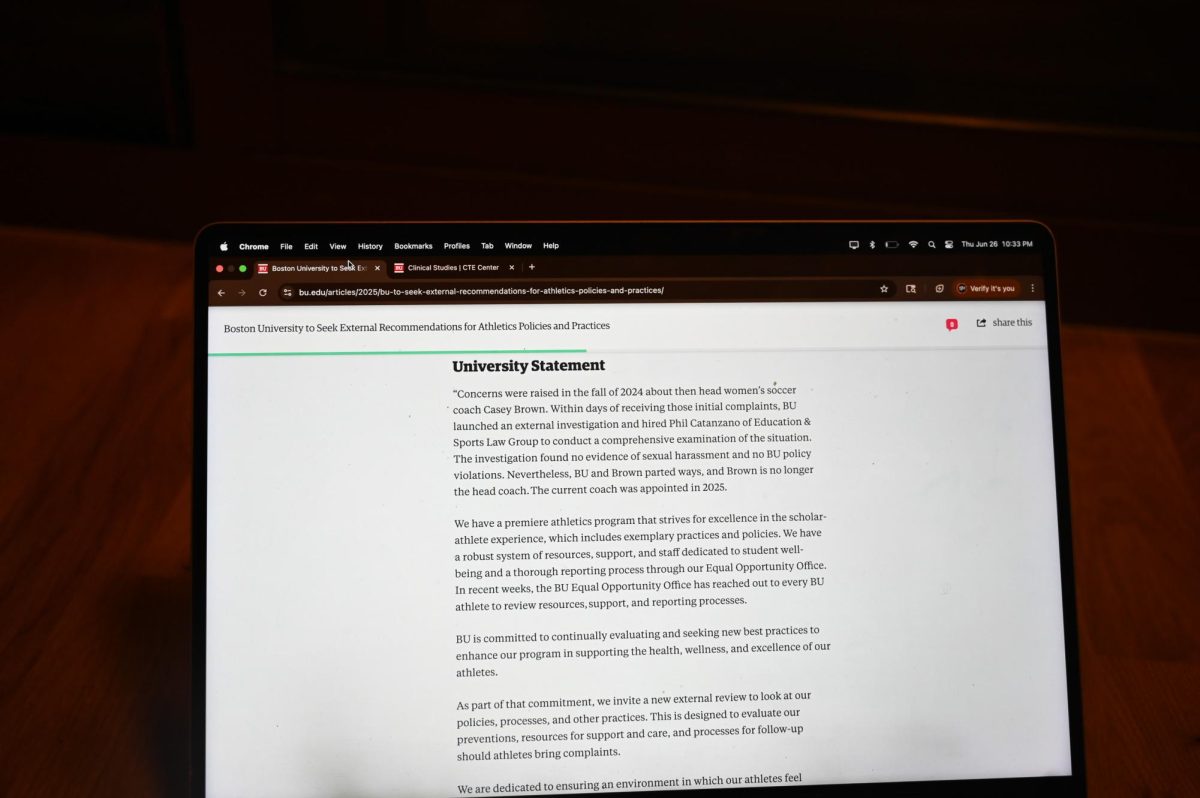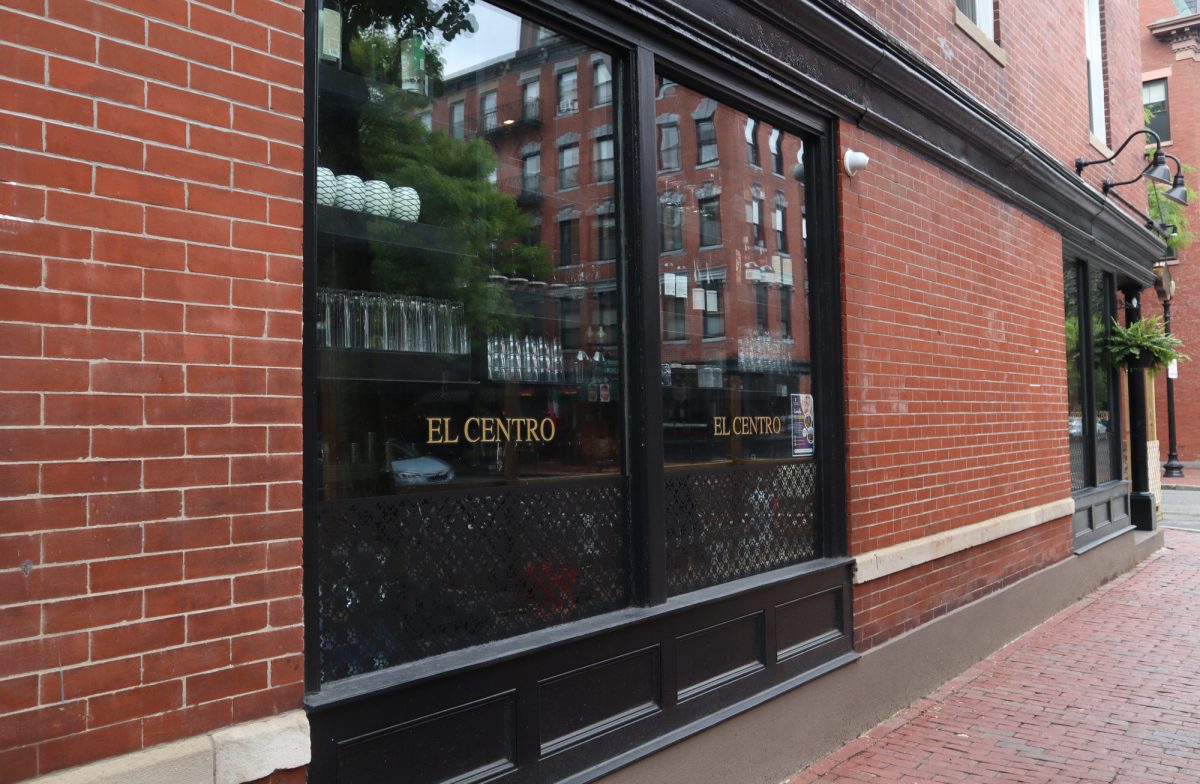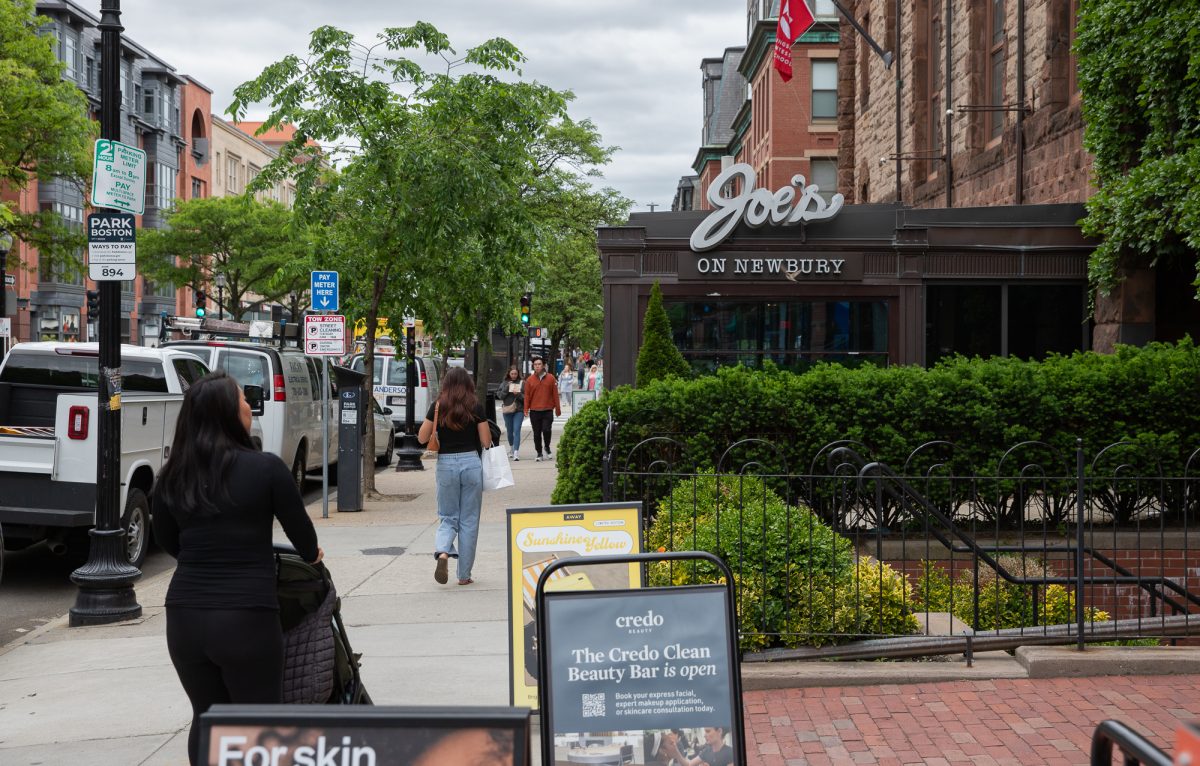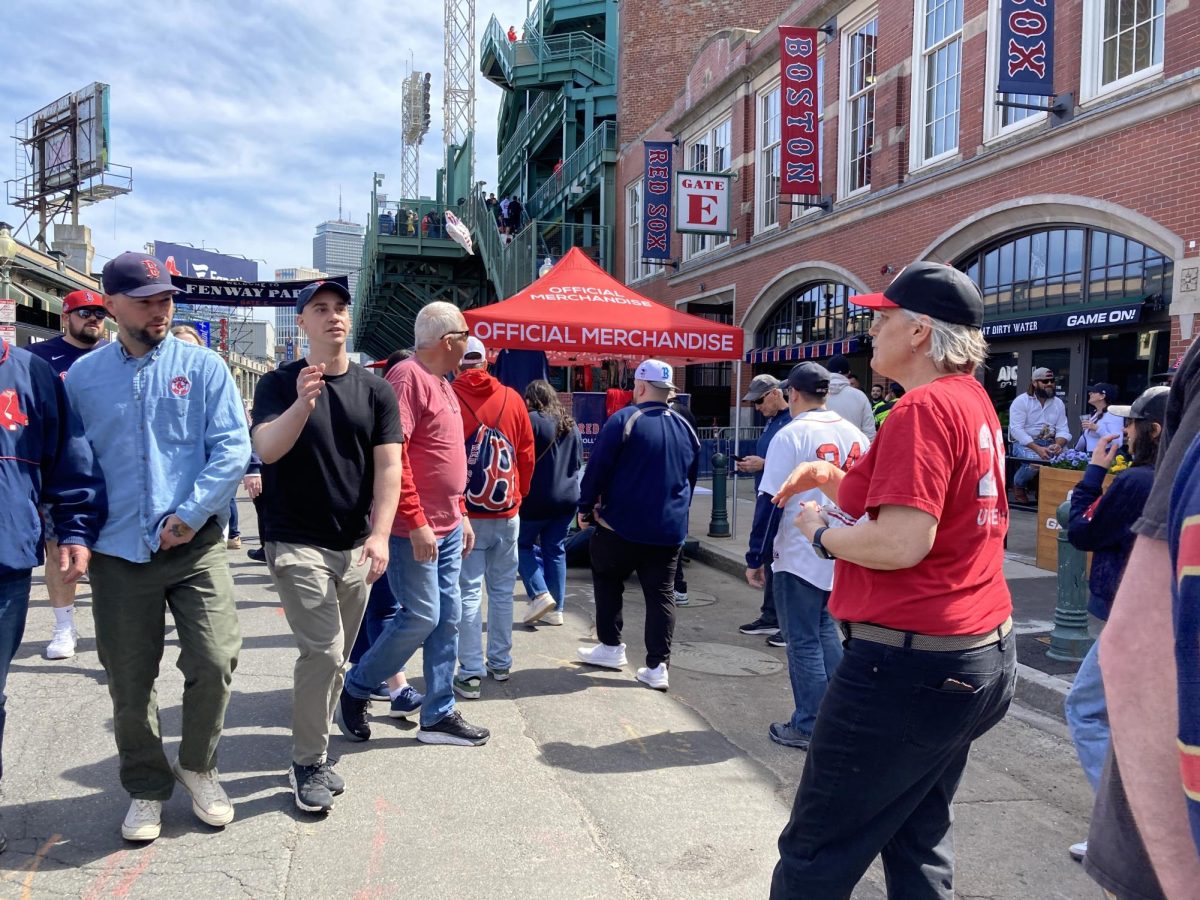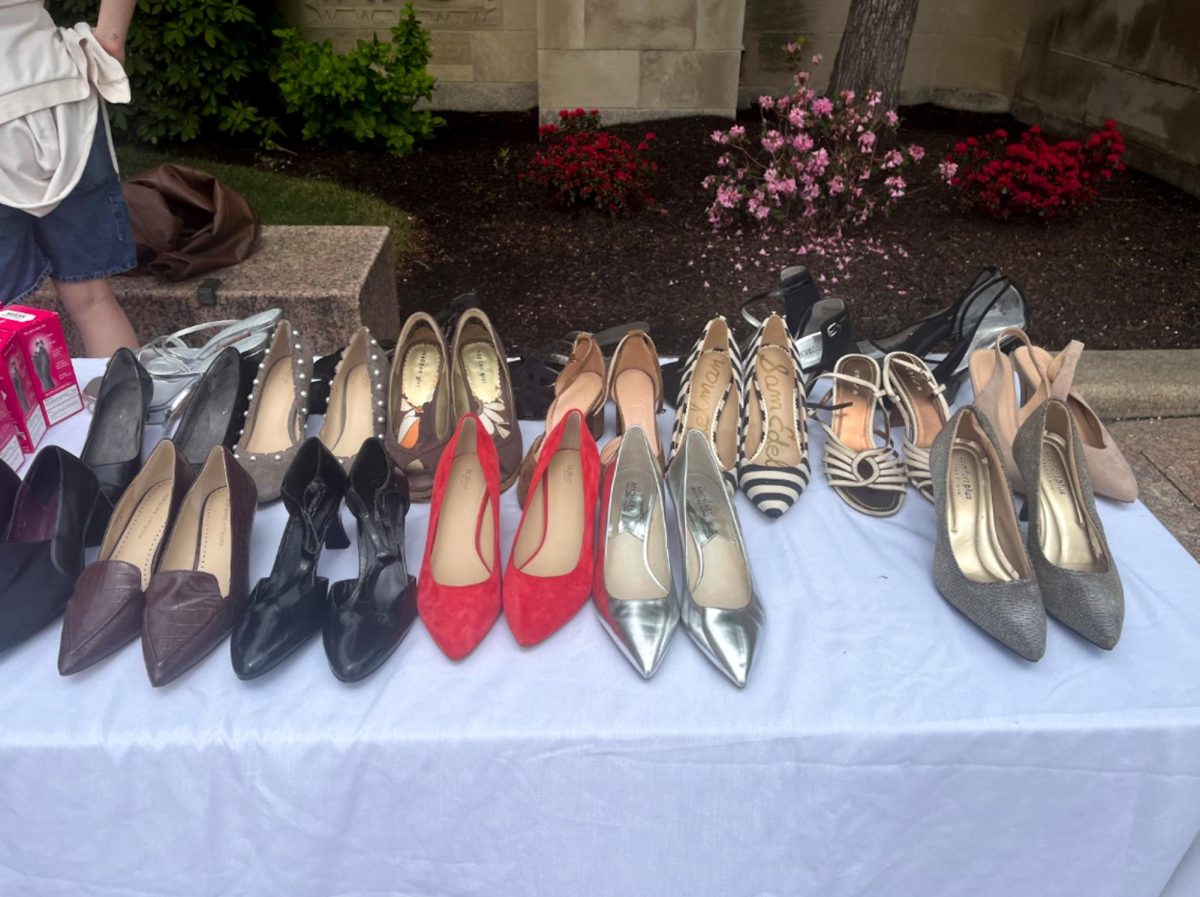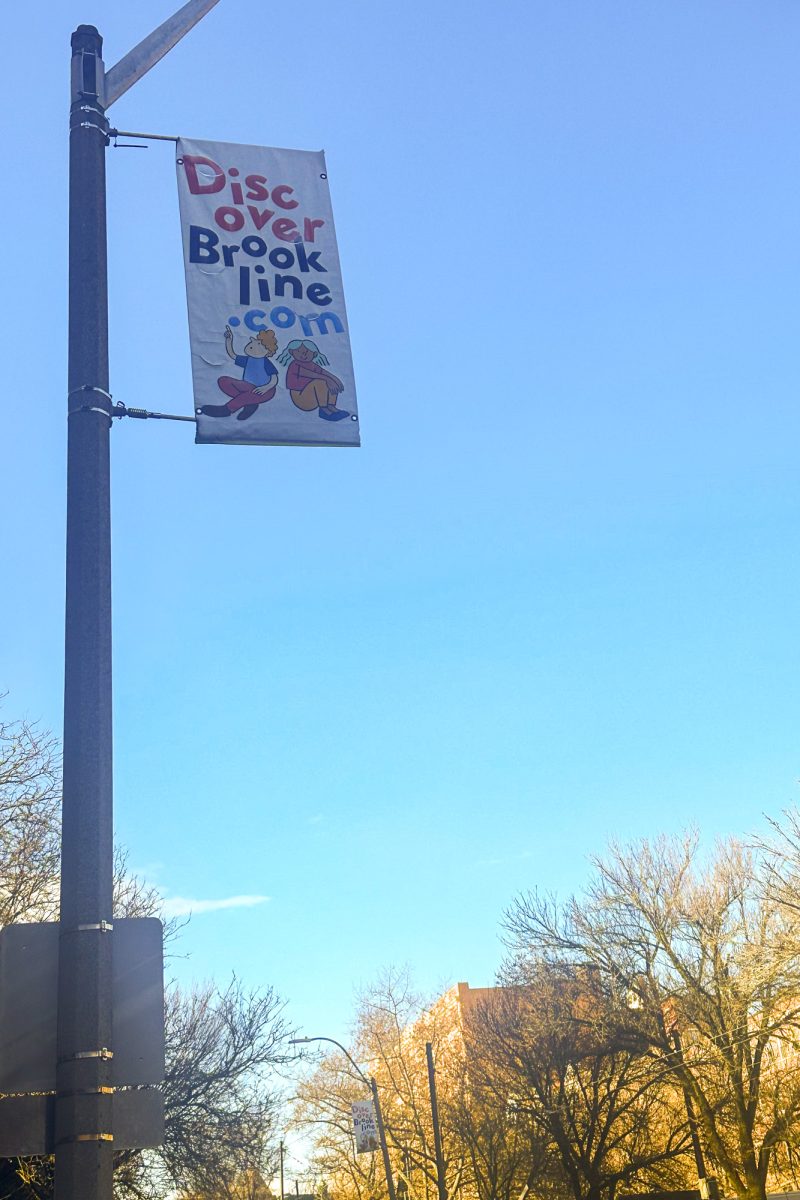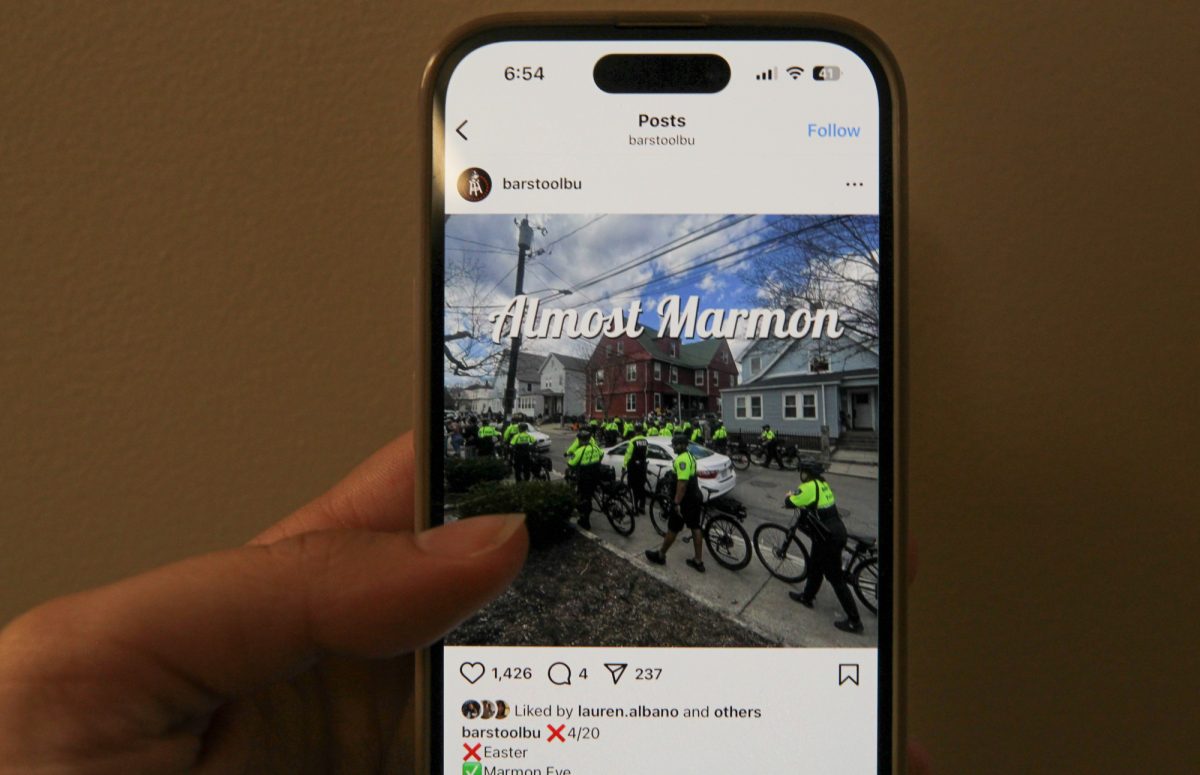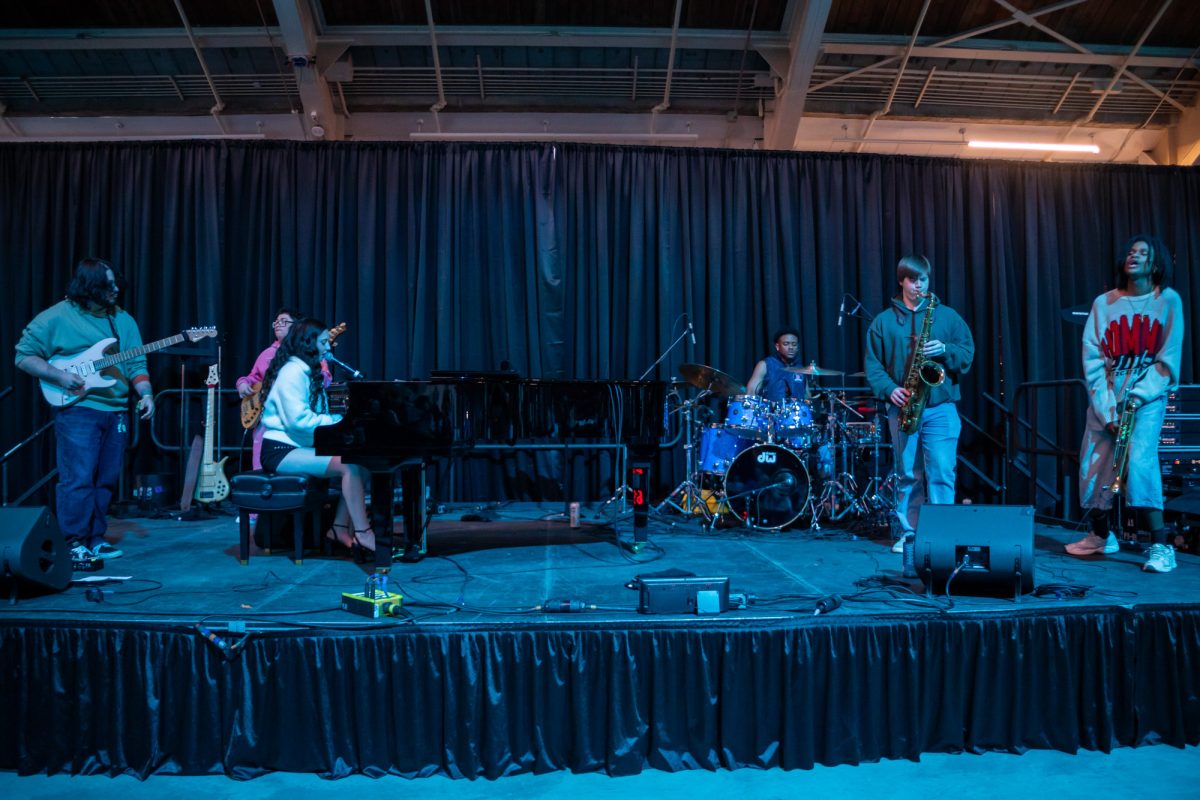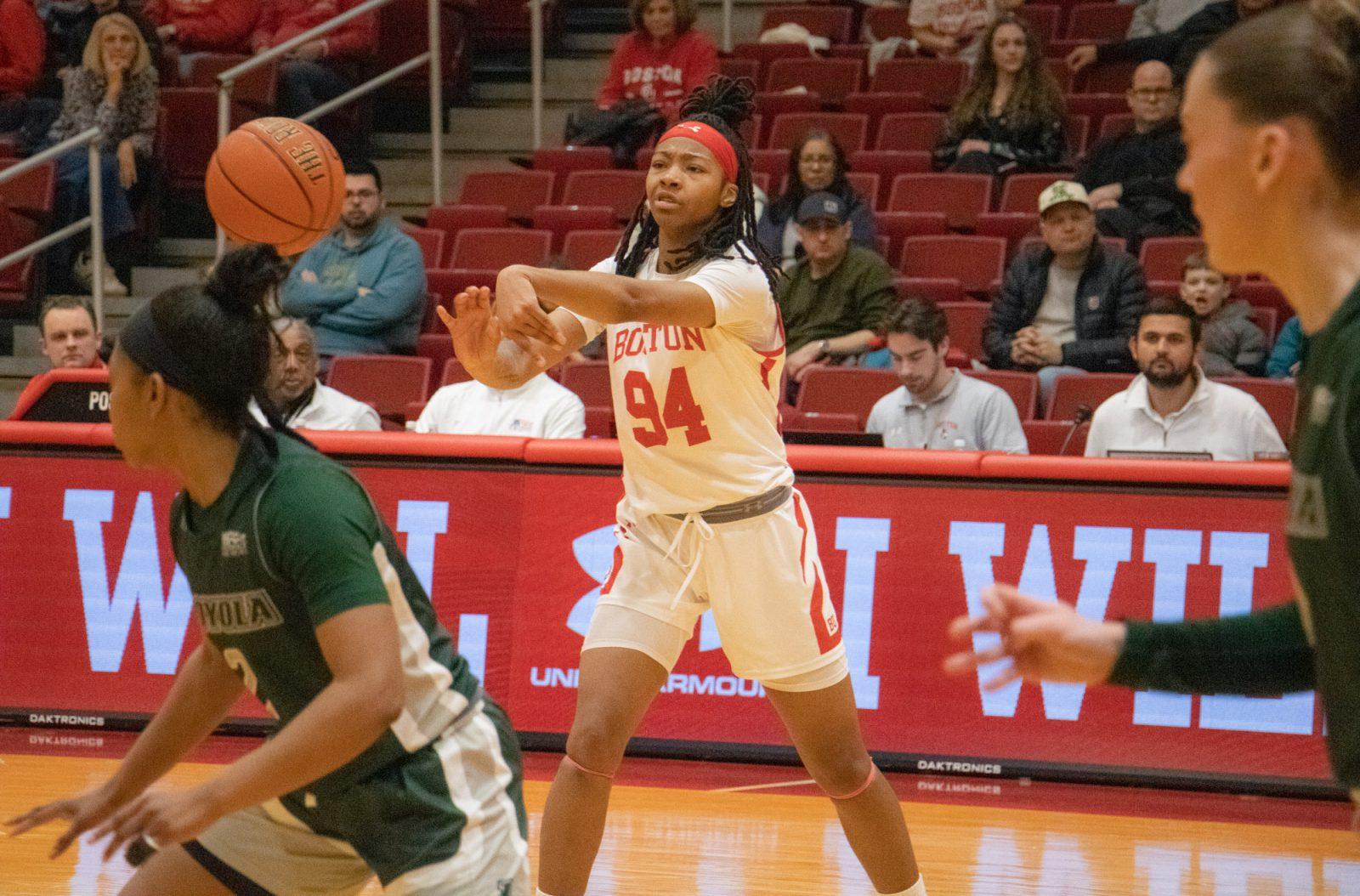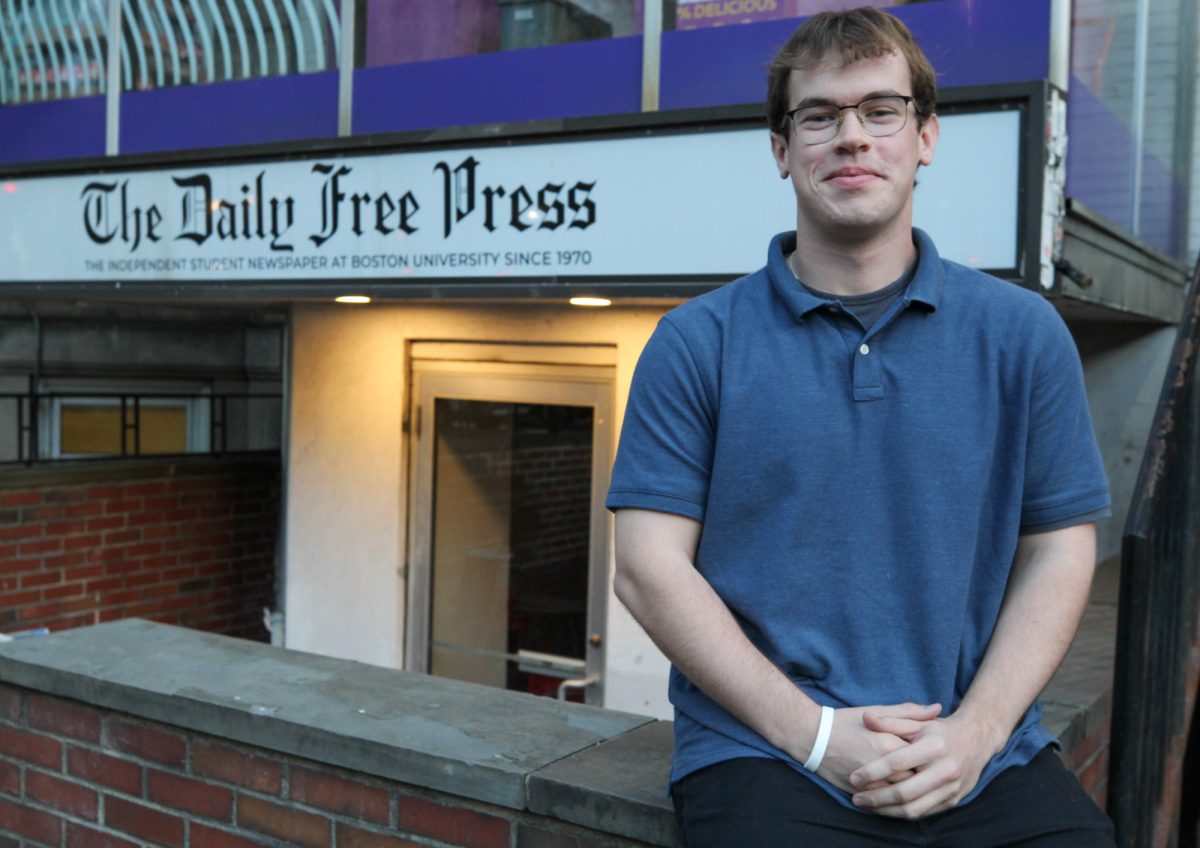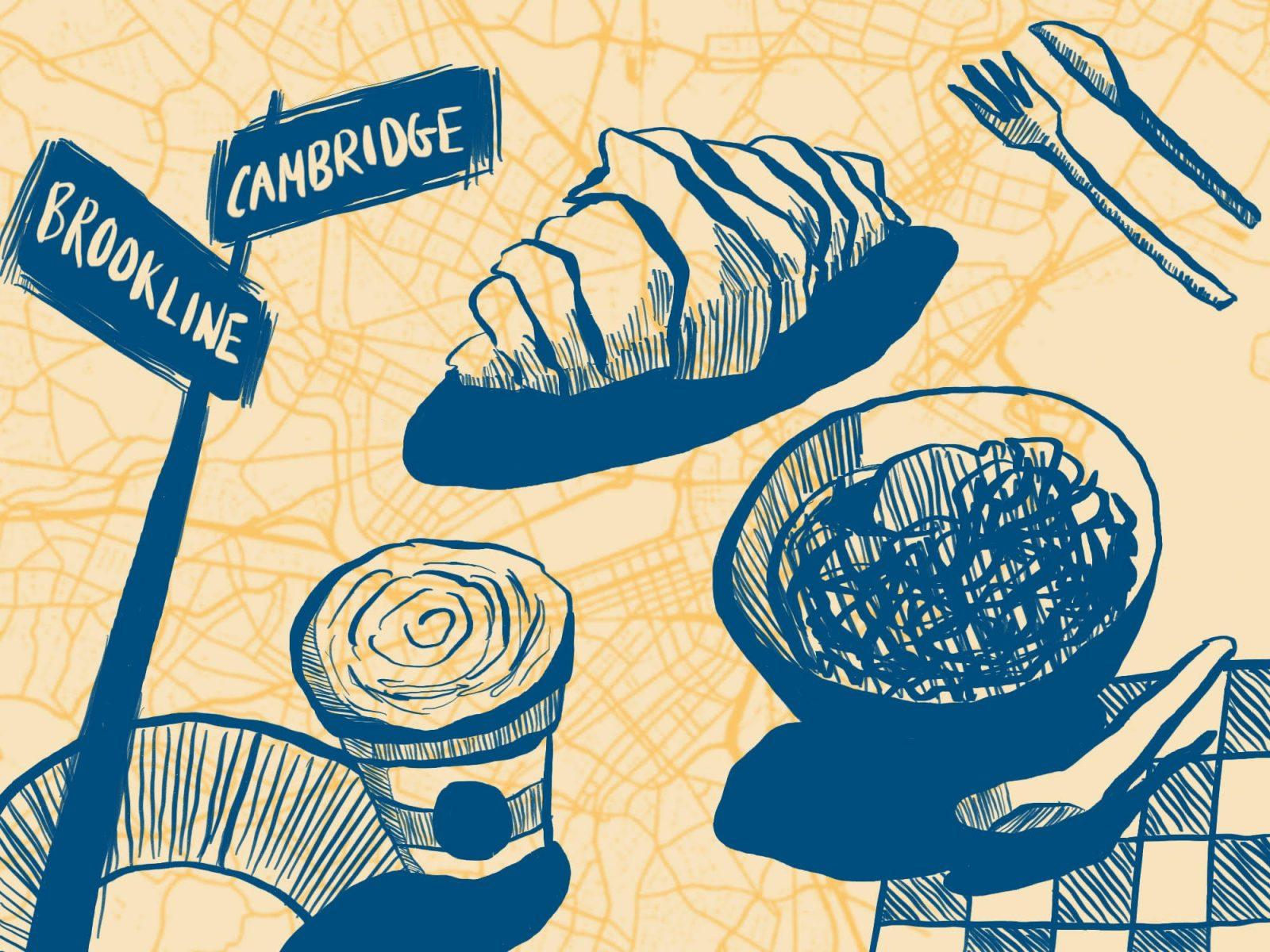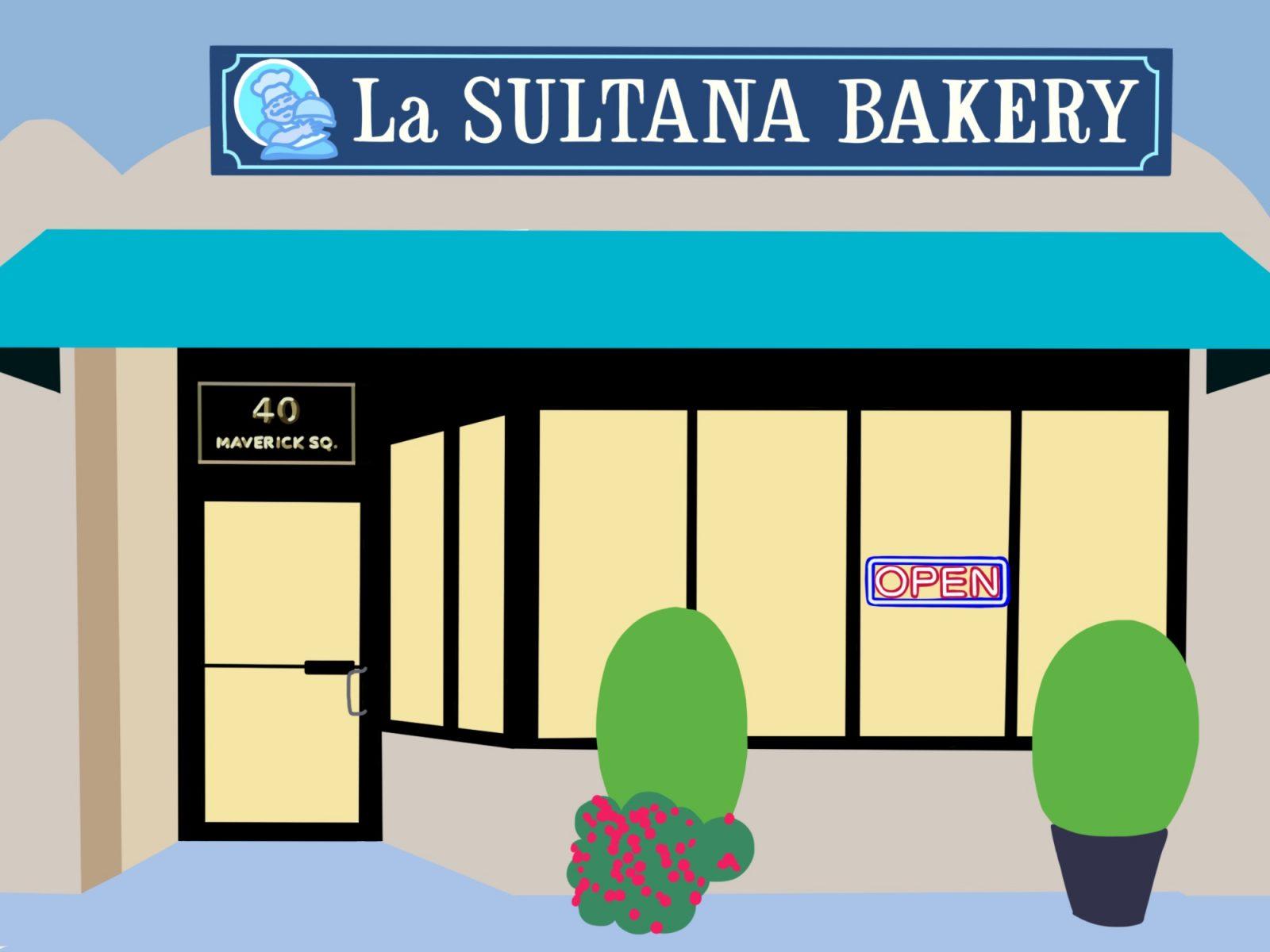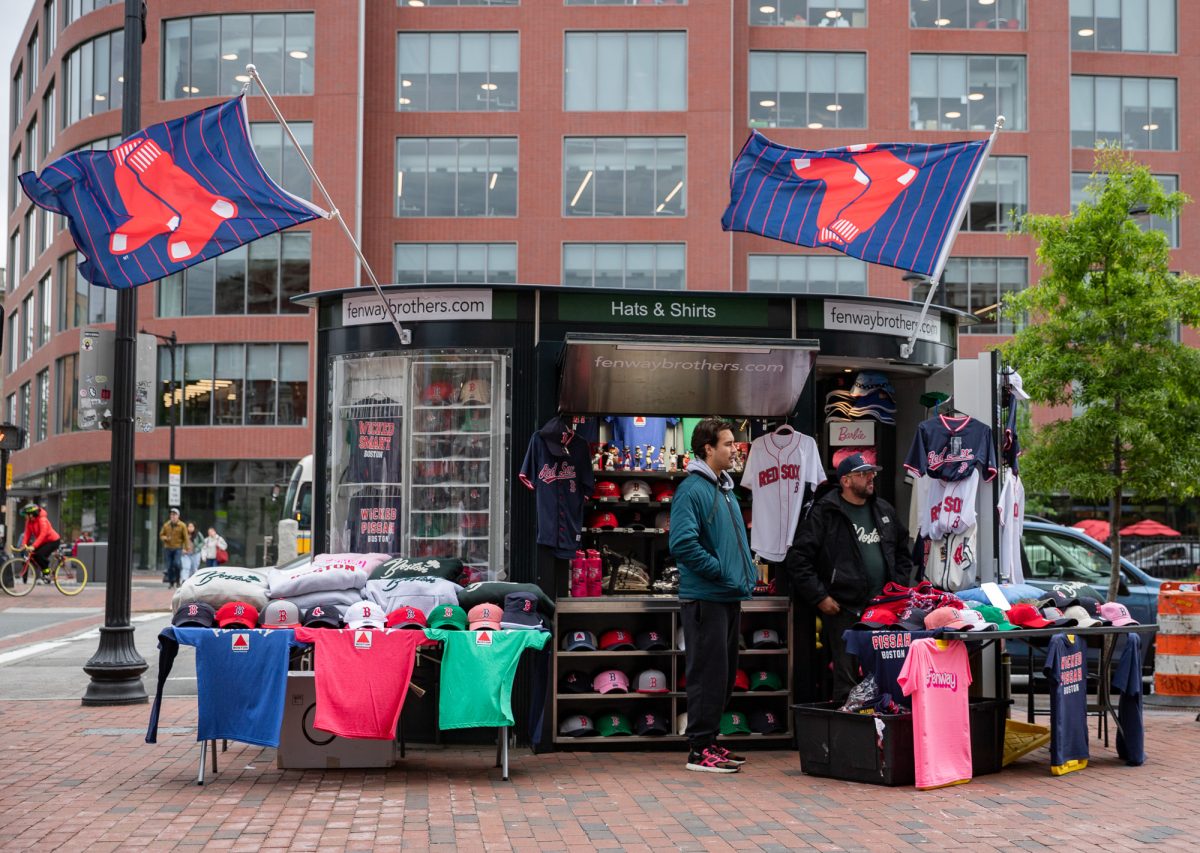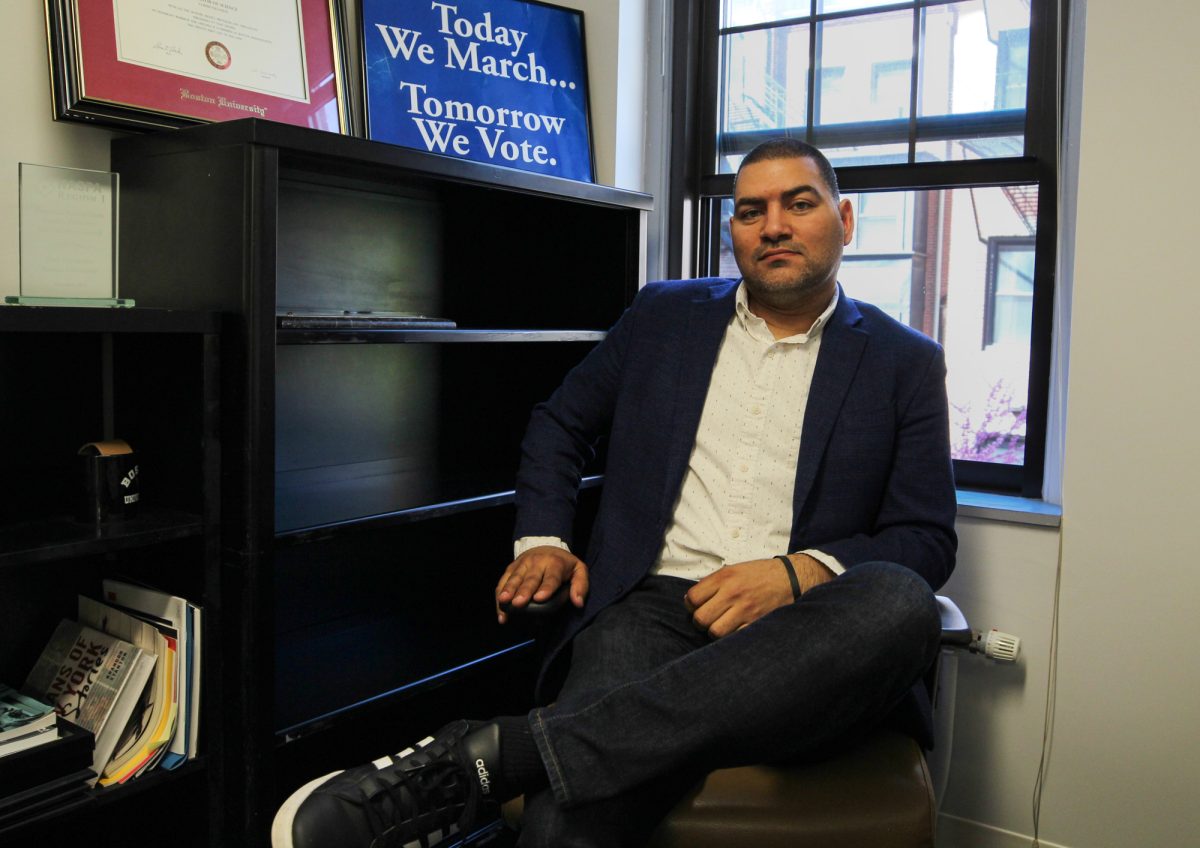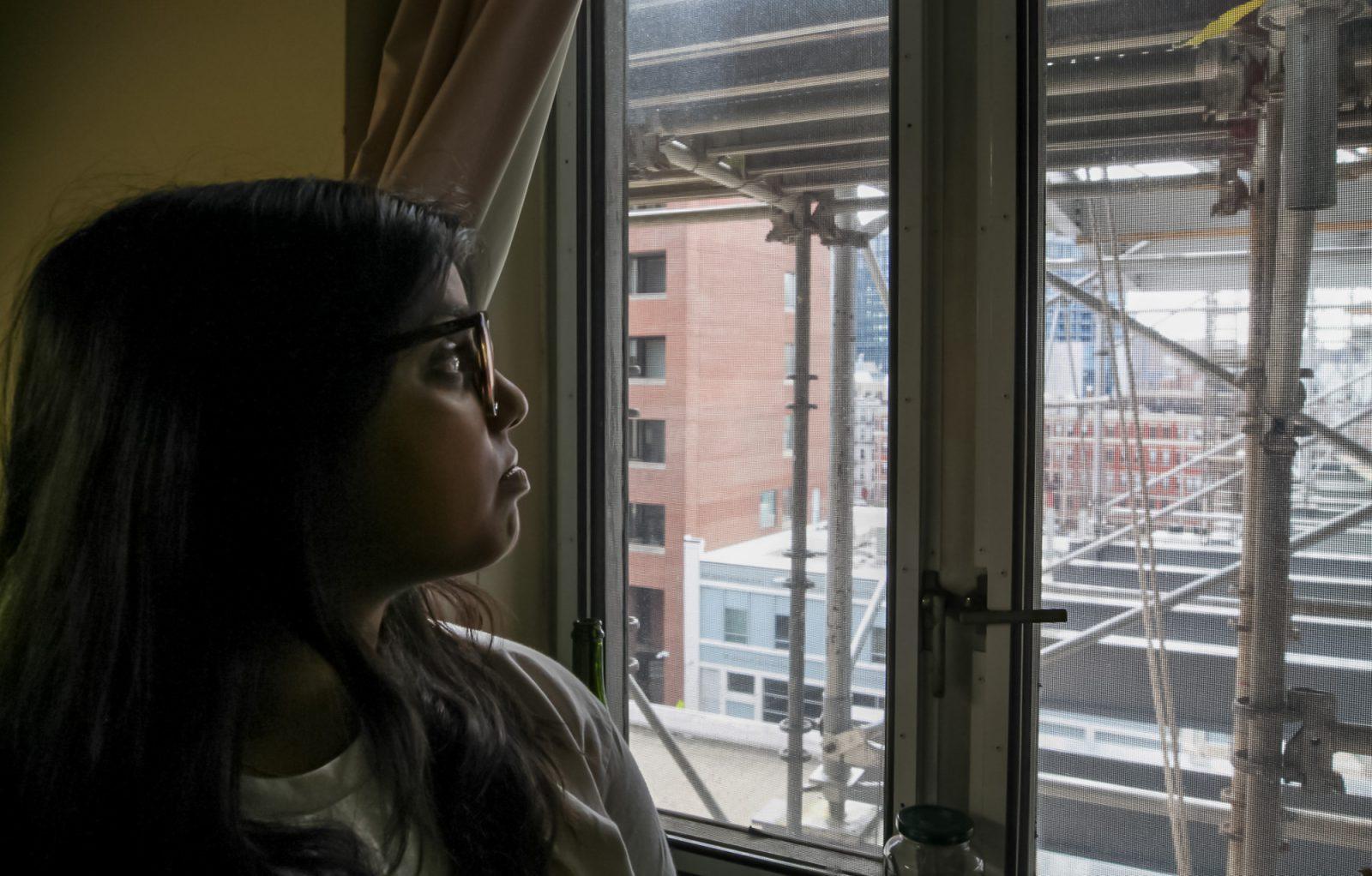Students new to Boston or unfamiliar with its restaurant scene may labor under the illusion that the dining experience is dominated by traditional New England seafood eateries and out-of-date, stuffy establishments.
But while being home to some of the nation’s oldest restaurants is nothing to scoff at, the culinary experience of Boston is not limited or unsophisticated, restaurateurs say.
In contrast with the historic staples such as Union Oyster House — opened in 1826 — and Locke-Ober — open since the 1870s — Boston has a variety of cutting-edge and innovative restaurants, and it is this dynamic combination of old and new that gives the urban landscape its flair.
L’Espalier, located on Gloucester Street in the Back Bay, is “often credited with being the first independently owned restaurant to bring haute cuisine to Boston,” according to the restaurant’s website.
When L’Espalier opened its doors in 1978, Boston was less familiar with the nuances of refined French cuisine and the restaurant successfully introduced gourmet food to Boston.
Maitre D’Hotel Louis Risoli described the culinary atmosphere in Boston in the late ’70s and early ’80s as “limited,” but added that talk of nouvelle cuisine began to circulate.
“L’Espalier was really new and unique, but it was filling a niche that people were really hungering for,” he said.
“We started in 1978 with a more bistro feel – we had hamburgers on the menu,” he added. “But we also had nightly specials that were at a much higher level, and we quickly realized that that was all anyone was really interested in.”
However, L’Espalier was not out of place in Boston, Risoli said, because chefs used traditional New England cookery and ingredients.
“If you think of French cooking as emphasizing the finest local ingredients and consider that we have access to great seasonal and local ingredients here, it’s really a perfect match,” Risoli said.
Although L’Espalier brought change to the local culinary culture, it was not completely unprecedented.
Six years earlier, Chef Lucien Robert opened another French restaurant, Maison Robert, in a former City Hall space downtown.
Beginning in 1972, Maison Robert served fine French food, combining what BostonChefs.com characterizes as “European-style splendor and service” with inherently American surroundings.
More recently, Maison Robert opened Petit Robert Bistro in Kenmore Square, with a second location on Columbus Avenue. Loyal to the traditional French meaning of a bistro, Robert emphasizes the goal of serving “home style fare at very modest prices,” according to their website – although escargots, duck confit and bouillabaisse are a far cry from what many Americans consider “home style” cooking.
Legal Seafoods, although devoid of European or ultra-sophisticated cuisine, plays a part in Boston’s history. What began as a seafood market run by George Berkowitz in Cambridge’s Inman Square in 1950 flourished into a popular restaurant by 1968.
Now owned and operated by George’s son, Roger Berkowitz, Legal’s has prospered and now counts more than 30 locations.
The recently-opened Legal Test Kitchen Bar and Kitchen offers a new take on the tradition of seafood, in an attempt to reinvent the dining experience for the 21st century.
Dining choices demonstrate influence from exotic tastes such as Asian, Indian, and South American. Manager Scott Parrow said LTK is, “a totally new type of restaurant,” and “a fun, trendy place.”
Parrow said the dining experience at the restaurant is “nothing like Legal Seafoods.”
“It’s just different,” he said. “You have to come and see for yourself, because it’s in a class of its own.”
Boston Globe food critic Allison Arnett said this profusion of new, classier restaurants rests on two factors.
“Part of it has to do with whole nationwide interest in food that wasn’t really around 30 years ago,” she explained.
“The other part is that younger people grew up eating out more, [parents] had more disposable income, and were using it to eat out,” she continued.
Arnett added that restaurant dining is a form of entertainment and a means of socializing. While she does admit that Boston’s culinary scene may not be as eclectic as New York’s, she is confident that the quirky, odd or specialized places “will get here, as long as there’s a market for it, somebody here will decide to try it.”

